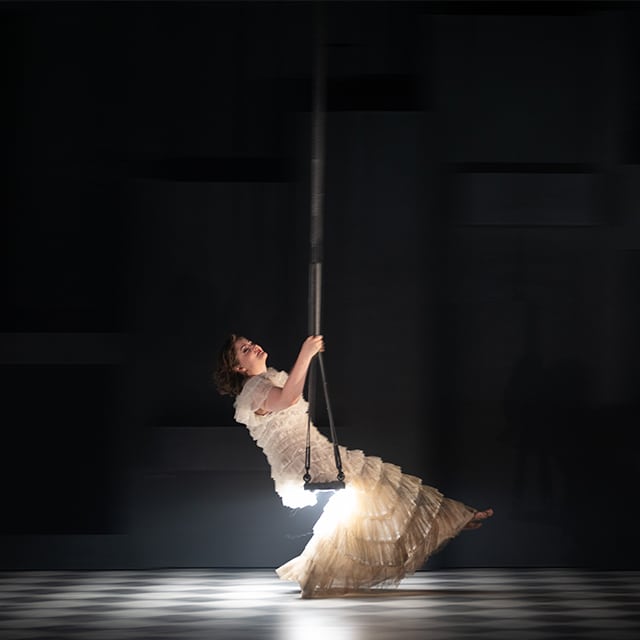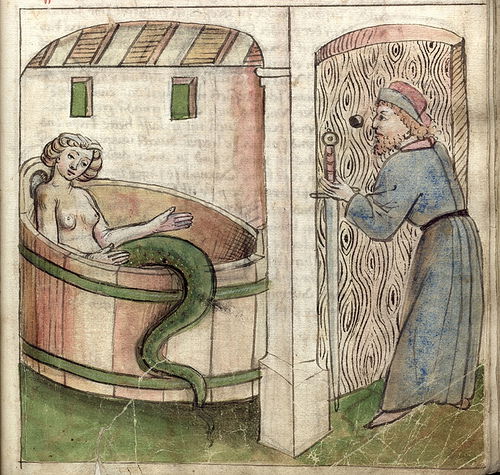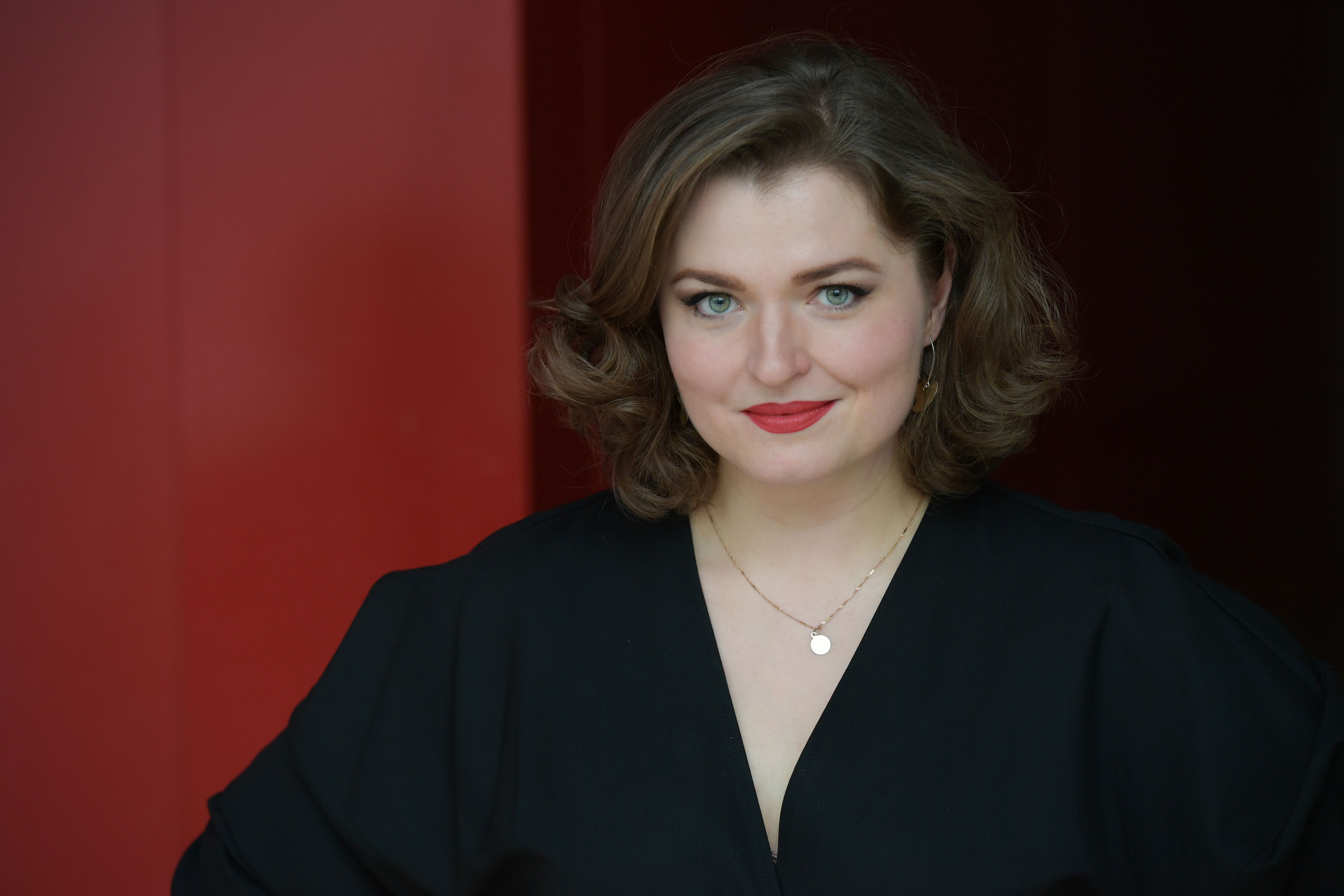Pelléas and Mélisande at Longborough

There are very few chances to see Debussy's 1902 opera Pelléas et Mélisande. It has been produced at Longborough Festival Opera owing to the huge enthusiasm of musical director Anthony Negus, and yesterday it was a great pleasure to escape from the heat into the cool, refreshing sounds of this opera.
Based on a play by Maeterlinck, which derived roughly from a tale in the mediaeval Morte d'Arthur, the story is one of mystery and enigma, always on the borders of magic without ever quite crossing that line.
Prince Golaud, lost in a forest while out hunting, meets, by a deep pool, a mysterious lady, Mélisande, who refuses to tell him where she is from or why she is weeping. He falls in love with her and takes her back to his castle, but after they are married his younger brother, Pelléas, is also hopelessly captivated by her, and she shows every sign of preferring Pelléas. She casts away Golaud's ring into another, deeper pool, in a dark, mysterious cave to which she takes Pélleas.
Golaud has plenty of signs from the outset that Mélisande is no ordinary female, and to love her is dangerous. Mediaeval legend is full of female divinities and enchantresses who are somehow connected with water. The Lady of the Lake, a sorceress with whom Merlin falls in love, is one of the best-known examples. The name Mélisande has a close resemblance to that of Melusina, a river divinity said to have married a Prince of Luxembourg, who only later discovered her to be some kind of naiad or mermaid, with magical powers. And this myth has some resemblance to the story of Keats' Lamia. These females are fascinating but Other, and their human lovers are in grave peril.

Debussy was always a master of watery music. Think of the glittering, heaving, sloshing waves of La Mer! The hazy, azure bay from which a cathedral rises, only to sink again. The gentle, caressing drizzle of Jardins Sous La Pluie, or the bejewelled glints of Reflets dans l'Eau. So it was natural that he was attracted to this story about a woman who may be (but we are never sure) a water-nymph. In Pelléas the score is so watery you feel you could step into a boat and row across its rippling surface. You are tempted to plunge in and go swimming in it.
Pelléas and Mélisande was written in the Symbolist style, which seeks to present an inner world of subjective feelings, dreams and the unconscious. Stories are metaphors or puzzles, and this style rejects naturalistic representation. Symbolism often tries to explore the subconscious mind, and according to psycho-analysis, water may represent emotion in dreams.
All this makes the role of Mélisande even more difficult. She is enigmatic to the end, with little emotion to express, even when professing love to Pélleas. Ukrainian soprano Kateryna Kasper [https://katerynakasper.de/en/] rose to these unusual challenges admirably. Her voice had notes of brilliance and others of birdlike, ethereal delicacy, and she gave the impression of gliding rather than walking.

As the rival princes, Golaud and Pelléas, one suffering agonising jealousy, the other guilty love, Brett Polegato and Karim Sulayman had far more scope to explore emotion and drama. Both sang with power and intensity, winning applause from the audience.
The acoustics at Longborough are some of the best I know anywhere, and there is no better place to sit close to the orchestra pit and enjoy the tones and timbres of the instruments, the truly mellow strings, the mournful clarinets, flutes and oboes with their wood-notes wild, and the deeply pensive, rich horns. So altogether this production has a lot to offer, though perhaps the visual aspects - scenery, lighting and some costumes - were a little too sombre and monotonous. Yes, this is meant to be symbolist art, detached from the mundane and presenting an inner world of mood, but the reactions of some of the audience confirmed my feeling that this had been overdone.
Three hours of darkness, blackness and severe cubic shapes left the audience feeling sensory deprivation, and longing for some contrast. Some of the weirdness was excessive and did not quite work. When on her deathbed Mélisande lay inside a glass case, resembling an embalmed saint in a Catholic church, which generated discomfort. The doctor wore a very unmediaeval white coat.
It might have been a good idea to illuminate each scene with different coloured lighting. Greens for the forest glade with its mysterious pool. Azure blue and more green for the castle overlooking the sea. Greeny gold and amber for the forest where Pelléas goes walking with Mélisande, and so on, keeping deep red, purple and black for the later scenes of bloody revenge and death.
Audiences need more than one mood in an extended performance. They need a narrative with some contrasts. That being said, I feel very fortunate that I didn't miss this production, and would recommend anybody who wants a really different opera experience to see it.
Cast